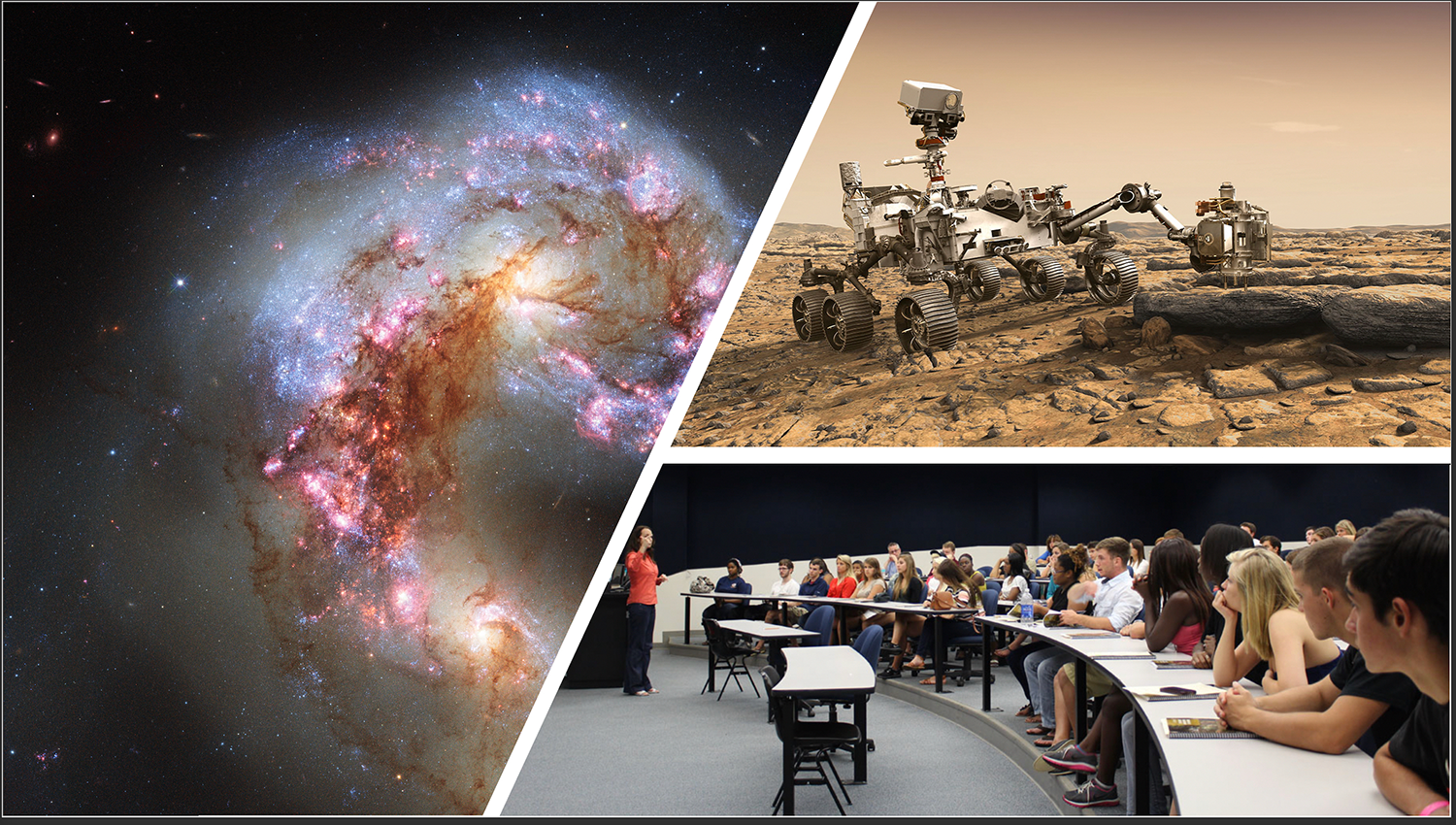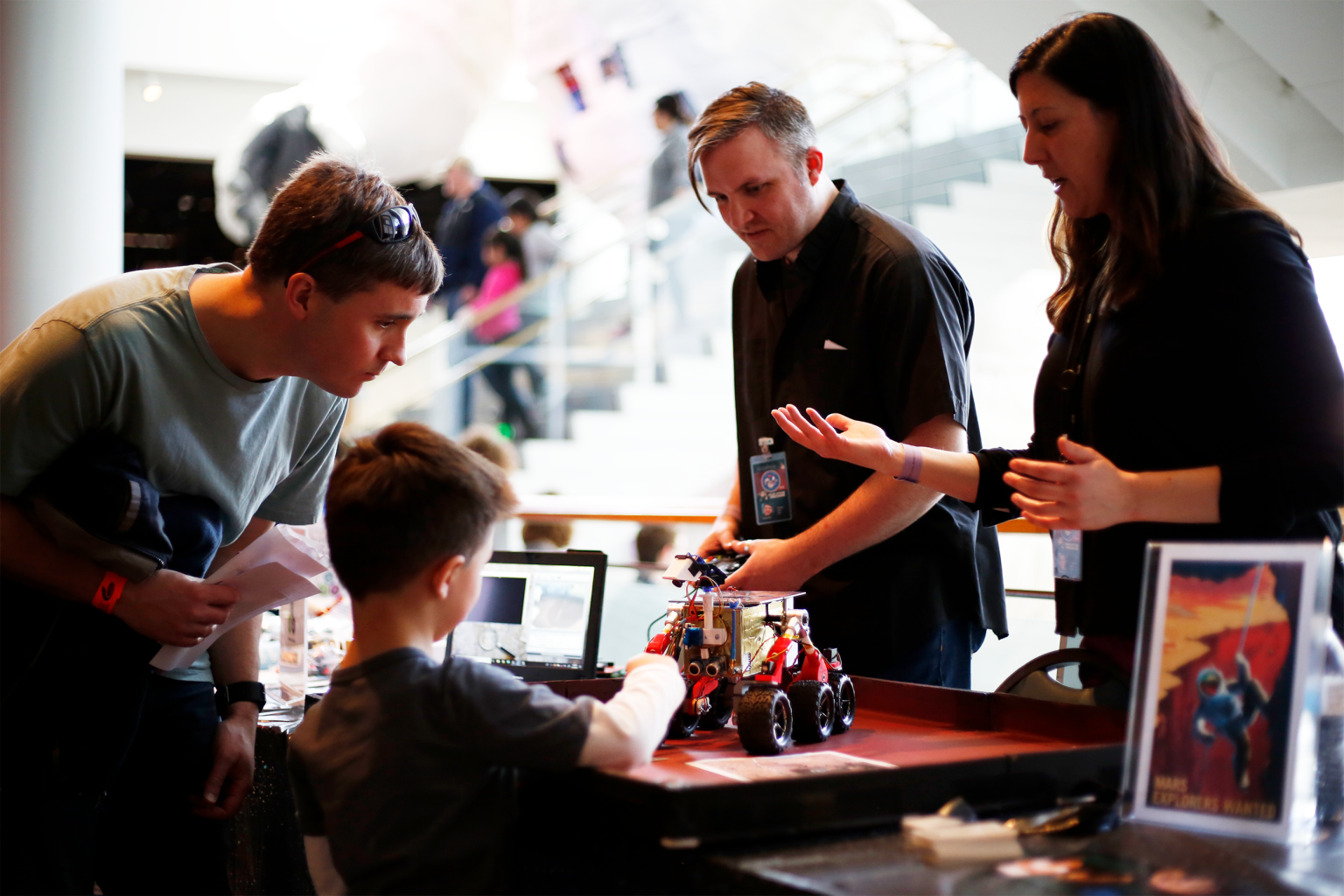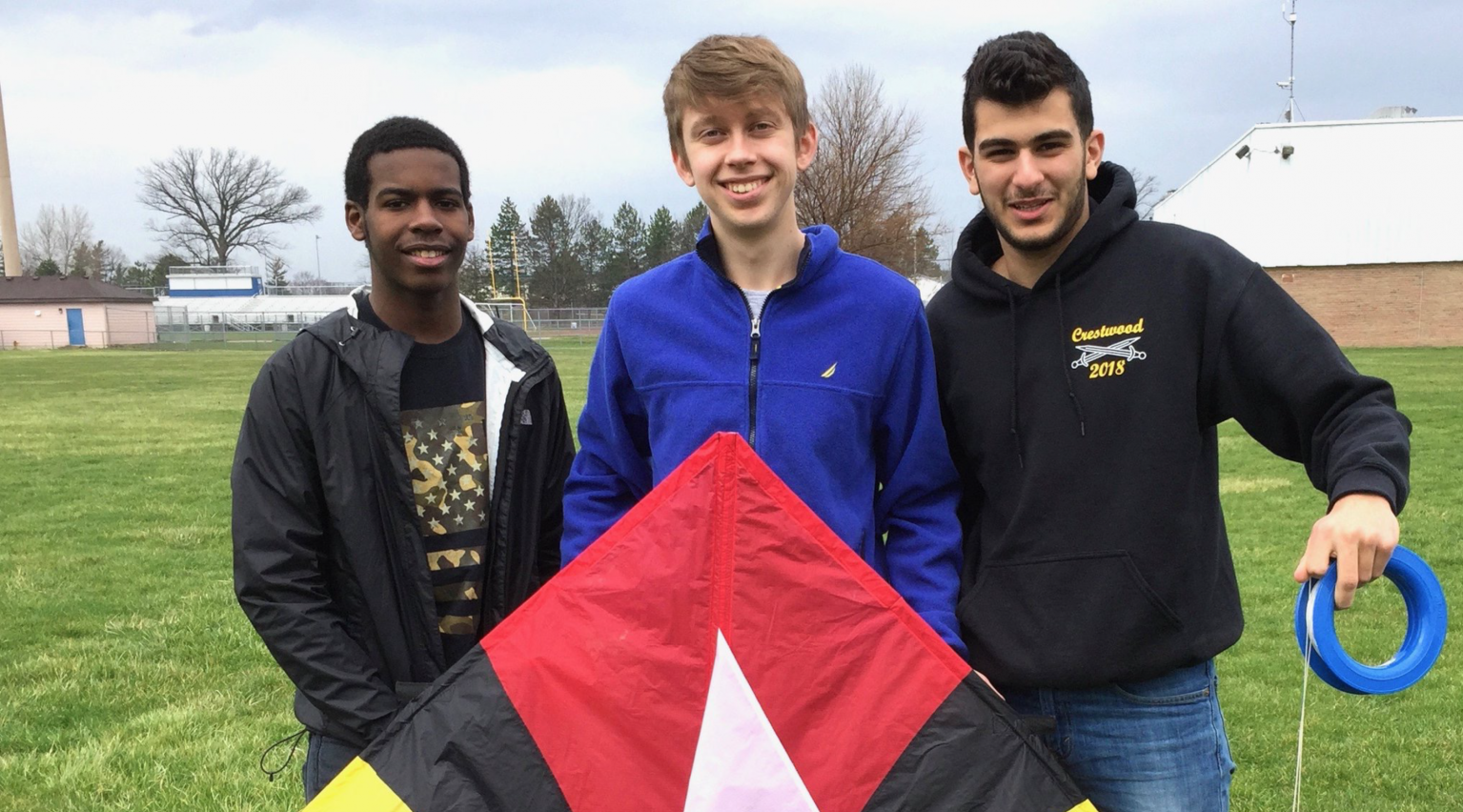MIT Media Lab
Strengthening the NASA Science Activation portfolio/partnerships with strategic support.
As NASA SMD approaches the five-year mid-point for the SciAct program, it is entering a period of transition and reflection that will lead to increased alignment with NASA’s 2020 Science Strategy (NASA, 2020). An important guide during this transition are the recommendations included in NASA's Science Activation Program Consensus Study Report by the National Academy of Sciences (NRC, 2020). Core to the conclusions in this report are recommendations that NASA would benefit from new SciAct teams that have the capacity to enhance and deepen cross-collaboration efforts, better support instructional design efforts, and better connect SciAct partners to learning theory and best practices in educational technologies (NAS, 2020). In addition to these portfolio changes, there are dramatic and ongoing shifts to the learning ecosystem as the Coronavirus pandemic has spurred adoption of remote and digital learning at all education levels (Nicola, et.al., 2020; Viner, et.al., 2020). This dynamic educational landscape will impact NASA’s engagement and education strategy for years to come.
The success of SciAct lies in a balance between cohesion and coordination. We are a portfolio-focused partner supporting SciAct teams in digital learning.

Rachel connolly
Science-PI
The MIT Media Lab is a portfolio-focused partner that will support SciAct through a combination of the following activities:
- Partner-level support (Individual) that can include support in instructional design and design-based research methodologies.
- Support across the Portfolio (Collaborative) that can include identifying and leveraging emerging SMD assets and strengthening the interconnections between SciAct partners.
- Portfolio-level support (Collective) in digital learning, operationalizing policy guidance, and support in developing and reporting on portfolio-level metrics, among other activities.
This partnership is led by Dr. Maria Zuber, an accomplished NASA space scientist and the E. A. Griswold Professor of Geophysics and Vice President for Research at MIT. The Co-I/Science PI, Dr. Rachel Connolly, has years of demonstrated success as a SciAct PI and also recently completed her doctoral work at Columbia University, where she was a NASA Graduate Research Fellow in Science Education. This unique depth of NASA SMD expertise, paired with interdisciplinary design and research capacity in education, will strengthen the collaborations within the SciAct program, ultimately increasing the impact that NASA SMD can have on STEM education nationally—a mutual goal of both NASA and MIT.



























